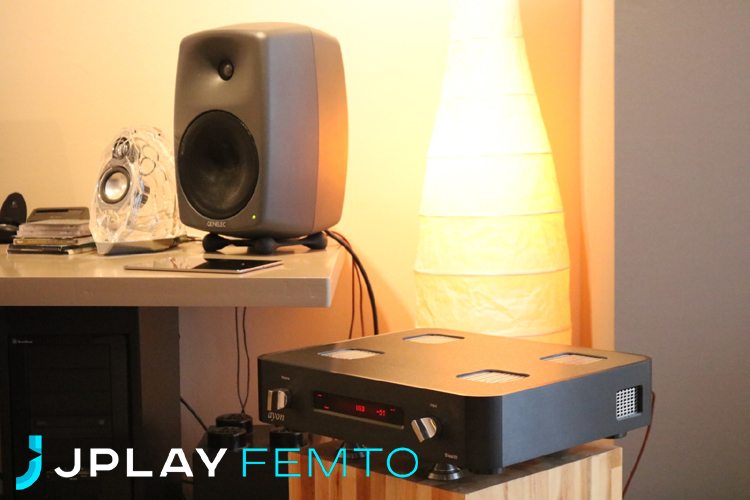
JPLAY FEMTO is a complete network music software package that converts a PC into a Music Server and Renderer. To this end, it features JPLAY femtoServer, an ultra-light and ultra-optimized UPnP media server and JPLAY FEMTO UPnP Renderer which supports virtually all audio formats and resolutions including DSD Native (RAW) & DSD DoP up to fs256.
The JPLAY FEMTO package also includes JPLAY Classic, which is a highly optimized playback engine, consisting of a minimalistic interface JPLAYmini player that can be used alone & JPLAY Driver which enhances the sound quality of any audio player that supports ASIO.
The press release mentions the following: “femtoServer enables digital files to be reproduced with higher transparency and precision than ever before and thanks to extreme optimizations in JPLAY FEMTO, not only do local files sound better – Tidal & Qobuz hi-rez lossless streams can be played at much higher quality too”.
Playback is gapless if the UPnP remote control app supports it.
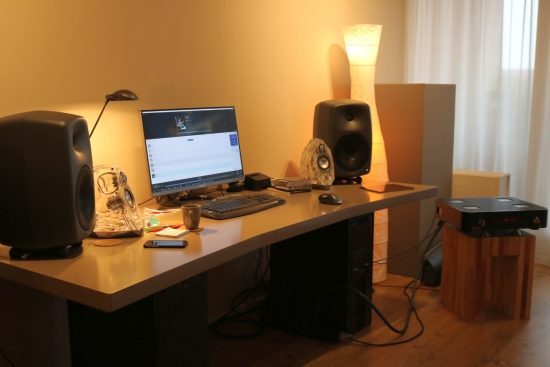
Computer System
Ever since my computer setup is situated in the same room as my main system, I have minimized the computer audio part. After all, there is not much sense in maintaining an Exogal DAC and Genelec 8050s when the big main system is right behind me. For the occasion, however, audio buddy Jeroen was kind enough to loan me his Genelec 8050’s. All that was needed now was a good DAC with volume control. Initially, I wanted to use the extremely highly resolving Aqua Formula xHD but it does not have volume control. To the rescue came the Ayon Stealth which is a DAC and analog preamp in the same housing. While not as high-res as the Aqua, this is still a very musical DAC and I must admit that I was quite surprised after hearing it with Genelecs for the first time, as I don’t think I’ve heard these speakers produce such a natural timbre before.
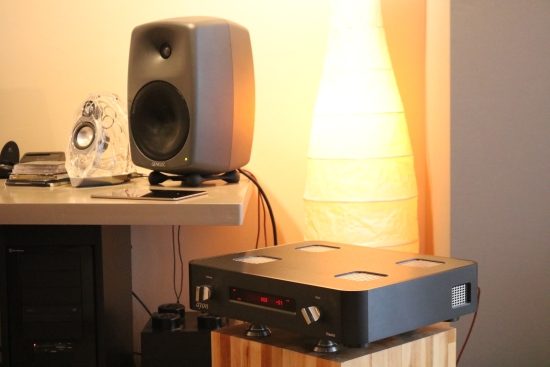
The Ayon Stealth DAC was initially powered with a Furutech FP-TCS31 power cable with FI28/38 connectors but when I found this too warm-sounding, I changed it to the NBS Dragon/Fly II. I would have preferred to use Curious or CAD USB cables, but due to the required length, I used the AudioQuest Diamond USB cable.
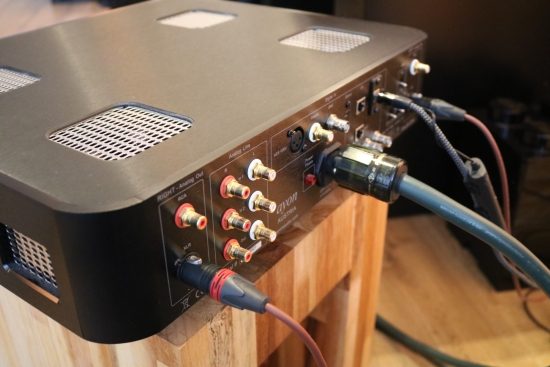
The Genelecs were powered by Belden power cables with Furutech FI28/38 connectors, all connected to a CP-Audio star-wired power extension block. The XLR interlink, finally, was the VanDamme Classic ProPatch with gold plated Neutrik connectors, also selected for the required length. An even more interesting option for the interlinks would have been to use the super-precise and super-neutral (hey, they’re Swiss, after all) CH Precision Analog Link XLR cables. But the Van Damme is no slouch, either, and a lot higher resolving than the entry-level DAP cables that I used for so long with my Genelecs.
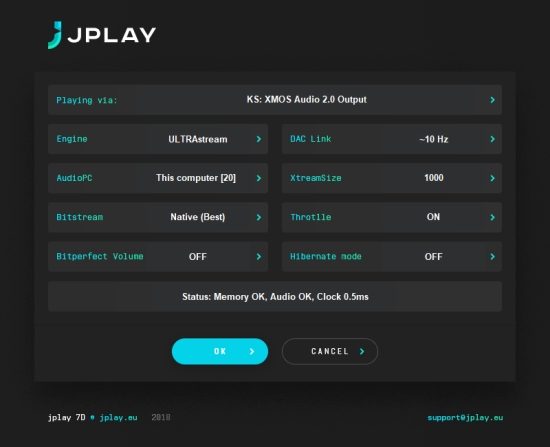
Getting Started
As I am on Windows (Intel), I selected “alternative build” as per Marcin’s suggestion. Then, I clicked “Optimize for SinglePC”, and selected the DAC in the JPLAY Settings panel. The other settings were left in their default positions. For the JPLAY software to work, JPLAYfemto needs to be allowed through the Windows Defender Firewall. Before jumping into the FEMTO part, I first wanted to see what the JPLAY driver could do for local Roon playback.
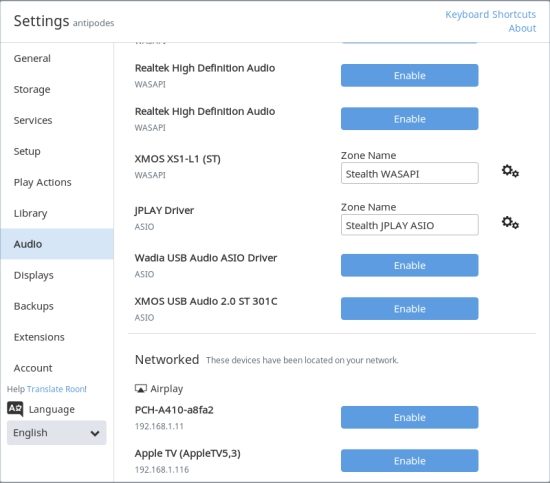
JPLAY with Roon
After having added only the necessary output devices in Roon and making sure that DSP is off for each of them, using the JPLAY Driver with Roon, there was an immediate and clear distinction between standard Roon playback via WASAPI and Roon playback via the JPLAY driver via ASIO. The latter is considerably more precise, with tighter bass and faster transients overall and less hash. R&B bass parts all of a sudden became crisp and clear, instead of comparatively indistinct thumbs and the notes were now very easy to follow.
Roon via default WASAPI is comparatively more “loose” in rhythm, a little woolly, actually, it’s definitely not as precise and after switching back to WASAPI it took some time getting used to it again. And even then, I preferred the JPLAY output. At times, WASAPI’s more easy-going nature can also be appealing for its smoothing effect, but it is clearly less precise and as a bass fetishist I do have a clear preference for the more accurate JPLAY sound.
I experimented with the DAC Link setting, as per default on 10Hz, I switched to 45Hz and found the sound to be somewhat calmer, but it wasn’t night and day. Then, to make a nice big jump, I whopped it up to 700Hz but that resulted in distorted, choppy sound. That’s normal, it’s just a matter of finding the setting that maximizes the sound quality while remaining stable. Next was 500Hz but no luck, then 200Hz and that worked and it sounded different, too. Again not day and night, but now there was more of a relaxed flow to the music while retaining transient sharpness. Switching back to the default 10Hz confirmed what I heard, as it sounded more staccato, very accurate, but with less of the continuous flow that I heard with the higher setting. Now, which of these is the best setting is a personal matter and the settings that I used may work out differently for another DAC. My advice is to just experiment with it.
But the results so far, even if they are better than the standard Windows solution, make use of the JPLAY Classic driver, so they are not using the powers of FEMTO just yet.

FEMTO
The FEMTO method makes use of the JPLAY femtoServer and FEMTO UPnP Renderer on the same computer while playback can be controlled from any device that can run a remote app. This can be a tablet, phone or computer.
While JPLAY FEMTO UPnP Renderer can also be used in combination with MinimServer, the proprietary UPnP media server, JPLAY femtoServer, is recommended for best sound quality. Bubble UPnP (Android) is the recommended app. Other tested apps are Kinsky (Windows, iOS, MacOS), UPPLAY (Windows), Glider (iOS), mConnect (iOS), and MusicLife (iOS).
For using FEMTO, one needs to perform the same actions as done for Roon playback as described above but instead of selecting ASIO, Kernel Streaming should be used. The JPLAY manual very correctly states:
“WASAPI may be compatible with a greater number of devices, but Kernel Streaming offers much lower latency. KS is the lowest audio engine level in Windows, allowing more efficient, real-time streaming. For the ultimate playback experience, we recommend KS.”
As this correlates with my own findings I went straight to using Kernel Streaming. Creating the database of the music library was a single-click matter during the app’s installation by pointing to the music’s main directory and that’s it.
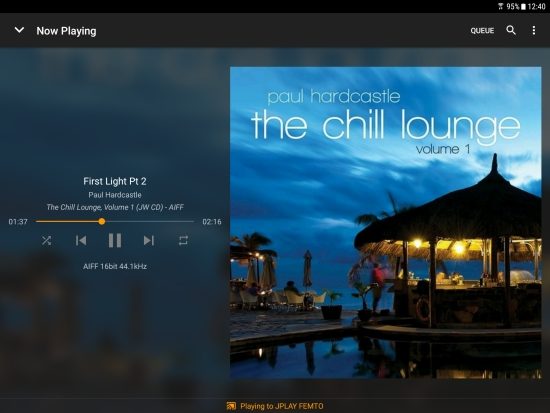
Above and below: Hi-Fi Cast on Android
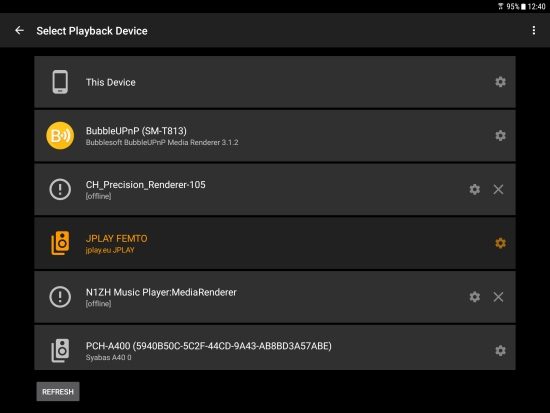
Although BubbleUPnP is recommended for Android, I started with my favorite app for Android which is Hi-Fi Cast, and this worked perfectly. Compared to playing via Roon and ASIO, the sound with JPLAY server and renderer and Kernel Streaming was different: even more articulate and precise yet at the same time with more flow, and therefore, for me, more involving and lyrical. Going back to Roon I was a bit perplexed at how comparatively lumpy the sound was even when using the JPLAY driver. It was in no way unpleasant but nevertheless boomy and ill-defined. Precision and Musicality: with the JPLAY FEMTO method, one can have both in equal measure.
As I was comparing not only Roon to JPLAY UPnP streaming but also the output method (ASIO vs Kernel Streaming), I changed the output for JPLAY settings back to ASIO just to see what would happen and restarted the same track via the Hi-Fi Cast app. Yup: there sure was a difference. The sound now came closer to the way that Roon sounded with ASIO but was still better. This indicates that KernelStreaming is indeed the best method but it also indicates that Marcin is doing something special with his JPLAY Server and Renderer software.
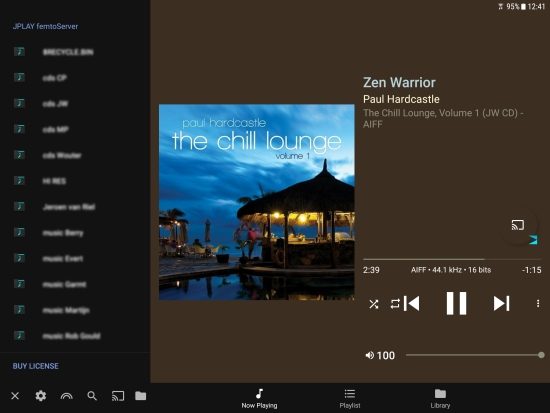
Above and below: Bubble UPnP
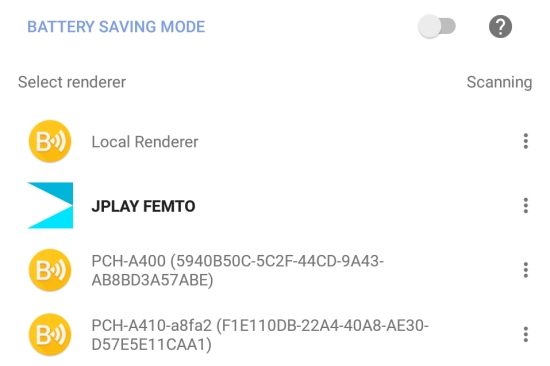
For completeness, I also tried BubbleUPnP for Android and Linn Kinski for iOS and indeed both apps also worked perfectly. For its clearer and more intuitive design, though, I prefer Hi-Fi Cast. Soundwise, there is no difference between any of the remote control apps, which would have been weird, anyway.
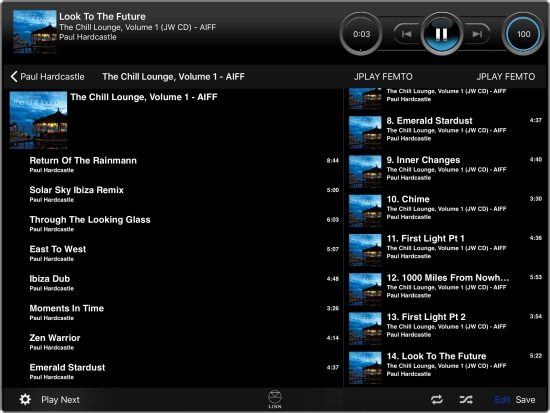
Above: Kinski on iOS
Further Options
JPLAY also offers streaming radio via Tidal and Qubuz and many more options in its Settings panel as well as HKEY settings to tinker with using regedit but I won’t go into these here. For the full overview of options, please refer to the excellent online manual. One option that I find worth mentioning, though, is Dual PC setup. As the manual puts it:
“For serious audiophiles, JPLAY also supports a dual PC setup (with two PCs connected via Ethernet) with dedicated Audio PC fully optimized for music transport.”
As experience with the Antipodes EX has shown, when adding the Antipodes CX to the mix to divide the server- and renderer tasks over two units with each unit optimized for its task, significant further increases in quality can be obtained, so, if you want to take it to the max, this option is well worth investigating. Oh, and if you’re really serious, you might consider adding a high-end FEMTO network card and/or USB FEMTO card, all available from jcat.eu.
Wrapping it up
Before music streaming really took off, everyone resorted to using their regular PC’s for music playback, with varying results, depending on hardware setup and, more importantly, the software and its settings used for playback. I’ve carried out my fair share of experiments and although I’ve achieved good results using Kernel Streaming, I never achieved the level of satisfaction as I got when using dedicated music server solutions running bespoke software. And so, for the longest time, it seemed that I had already found the limit of the audio performance of a regular Windows PC and that further improvements could only be had by using different hardware, which is one of the reasons why my computer setup is separate from the main setup. With the JPLAY FEMTO software, however, the sound quality has clearly further improved and far beyond what I thought a standard computer could do.
Conclusion
JPLAY FEMTO really does what it promises to do, which is to extract the best performance from my audio files that I’ve heard so far, using a standard Windows computer. The difference is far from subtle!
Tech Specs:
Supported Audio Formats: FLAC, WAV, DSD DoP 64/128/256 (via KS & WASAPI), DSD Native up to 256 (via ASIO), AIFF, ALAC, M4A, MP3, WMA
DSD playback: KS/WASAPI will use DoP up to DSD256. ASIO will always use DSD Native (RAW) up to DSD256.
External Links
Manufacturer: JPlay
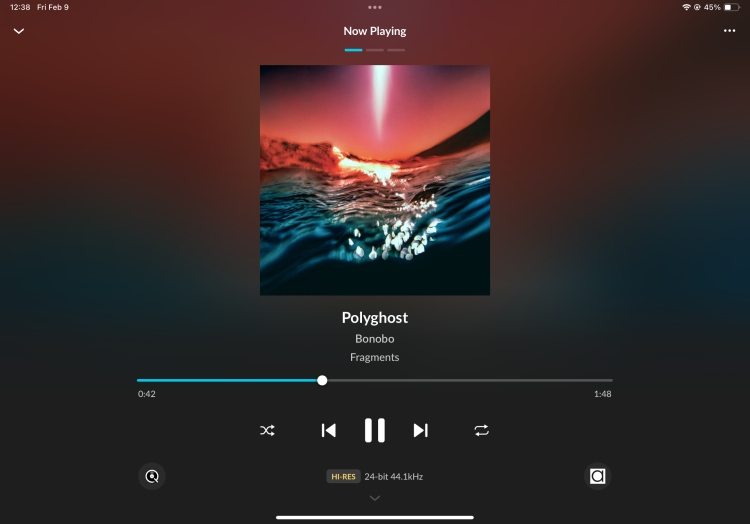
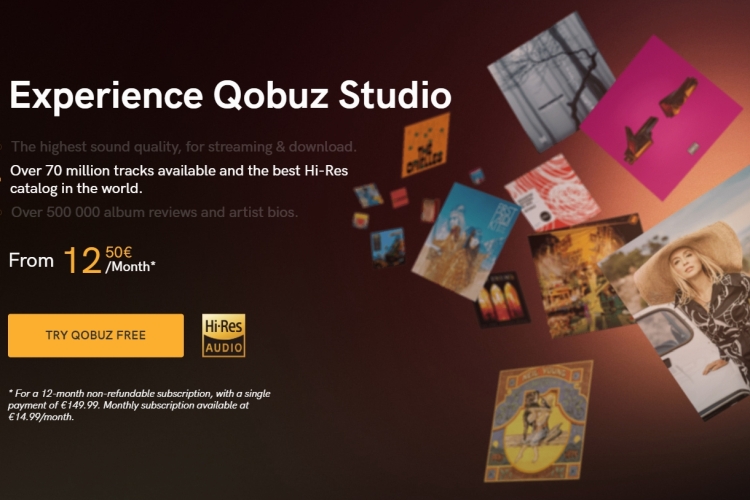
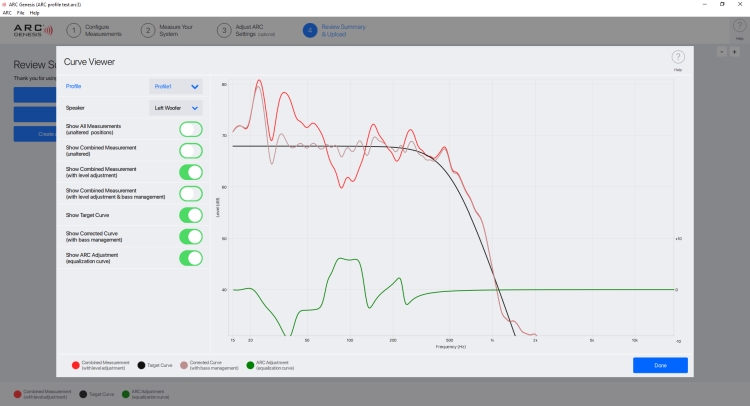
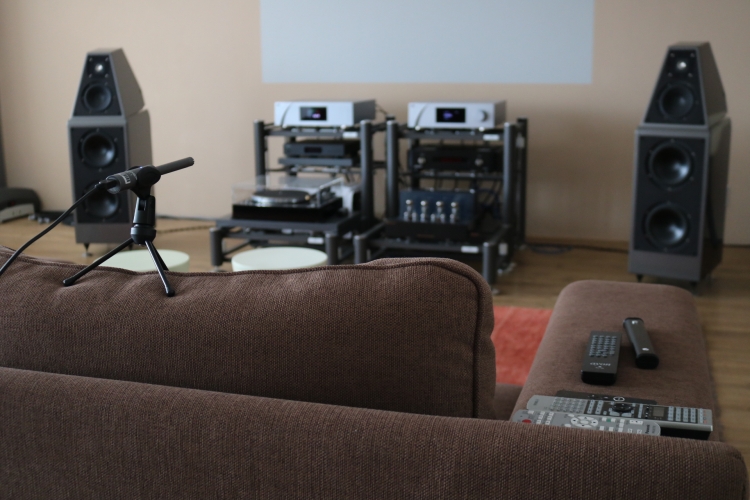

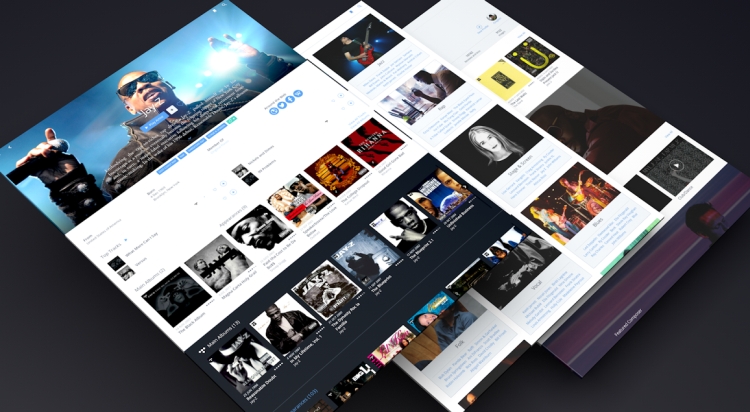
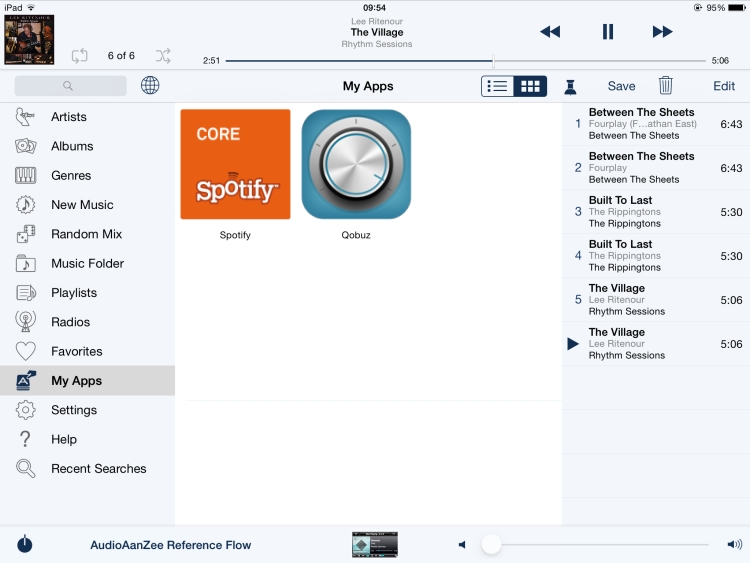

Hello Christiaan. Very interesting your comments regarding the JPLAY FEMTO. I bought it from the beginning and for me it is the closest solution to perfection. I didn’t read in your comments and I don’t know if you tried it, but the JPLAY FEMTO has a real difference when using DAC Link at 1000Hz via Kernel Streaming. Did you even take that test and see if it plays? The 1000Hz frequency delivers a perfect blend of delicacy and speed, precision and spatiality, making the computer a much more sensitive and flexible machine for variations of music dynamics. See if you can pull anything else out.
Hi Felipe, I did experiment with DAC Link using ASIO and Roon with JPLAY driver and indeed that made for interesting results. While 1000Hz wasn’t tried, 700Hz was, and that did not work, nor did 500Hz but 200Hz did work, and it made a marked difference compared to the default 10h. Before beginning the server/renderer/KS tests, I reverted to 10hz, memorized the sound and did the next tests, also using the default 10hz. I’ve not tried any other DAC link settings with the server/renderer/KS but can imagine that the same difference will apply there, as well. It’s certainly an interesting proposition, to be able to tailor the sound precisely as desired.
The feeling I have is that from 700Hz to 1Hz (or 1Hz to 700Hz, as you prefer) the sound gradually changes proportionally, following something that seems to be a logical line of progression. I realize this with the JPLAY FEMTO and I already noticed with the v. 6.2, so it’s something that the user chooses depending on the particularities of the system. However, the 1000Hz (another novelty) are completely different, as it seem to combine the best of what all other frequencies can deliver. This is why I suggested the test. It seems that the system transcends the limits imposed by the DAC and the room itself.
Oh, I almost forgot: I believe the 1000Hz only work using the JPLAY FEMTO with the femtoServer.
Hi Felipe, the Genelec test setup is no longer in place so I cannot really add any meaningful additional tests. That said, since 500hz did not work (with ASIO), I doubt that 1000hz would (with KS).
Hi Christiaan,
First of all I would like to point out my compliments for your website. I like the unbiased and non commercial approach (I assume) of the reviews unlike found in many magazines.
After reading the review I was wondering if you ever tried Roon ROCK (Linux) and could tell something about the sound quality compaired to JPlay Femto with Windows. The former I use myself to great pleasure after trying Roon on a W10 machine with Audiophile Optimizer in ultimate mode.
Hi Paul, alas, I’ve not yet tried Roon Rock/Linux but I would expect there be differences with JPLAY/Win. Just in which direction, a direct comparison can only reveal.
Hi Christiaan, thanks for the nice review. I’m a fan of JPLAY’s products and have been with Marcin since the beginning. As good as the product is, I wouldn’t (until now perhaps) characterize it as being for the casual PC user, as often it requires troubleshooting on the user’s part. It certainly has for me. That said, Marcin does a wonderful job of supporting his customers to ensure a positive experience. One question for you: on a scale of 1-10, where would you place your Antipodes server in comparison to the Windows computer in terms of sound quality? (Or any music server that you’ve used, for that matter.)
Directly comparing a WIN PC with an Antipodes server at this stage is not something I can do as they are installed in different locations in the room. Also, it likely would not be a matter of absolute quality but of differences in presentation and character, which is ultimatelt a relative matter that depends on listener preferences and system synergy.